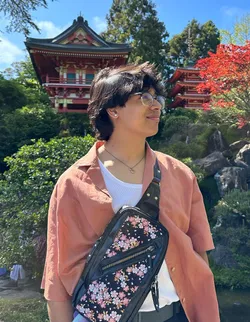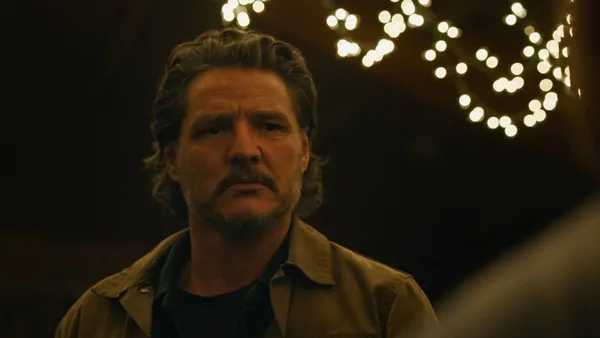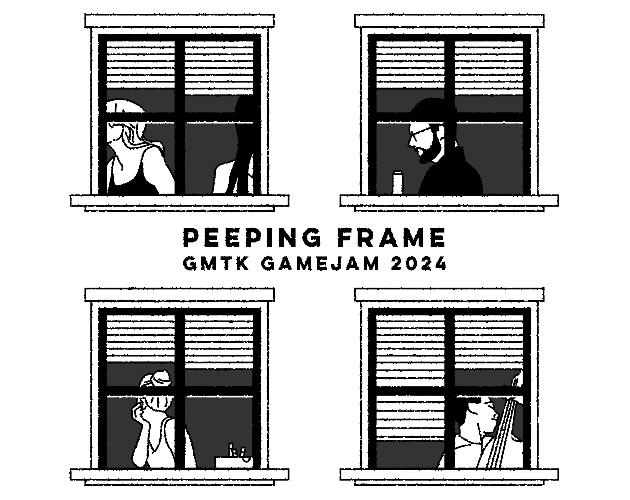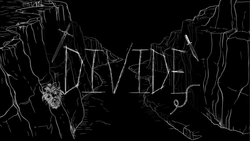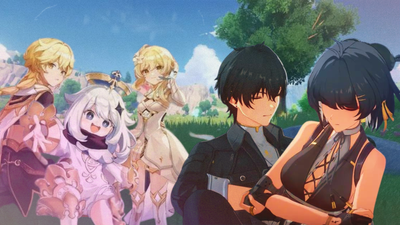As we look forward to the second season of "The Last of Us" TV series, it's natural to speculate on the changes that might come with the adaptation. Live-action formats often necessitate adjustments to better fit the pacing, character development, and storytelling style of television. While these changes can enhance the narrative, making it more engaging for a broader audience, they can also be divisive if they stray too far from the source material.
Warning: The following section contains major spoilers for 'The Last of Us' and its upcoming season. Proceed with caution!
Expanded Character Development
One potential change could involve giving Joel more screen time before his pivotal moment, which might deepen the emotional impact of his storyline. The first season effectively used flashbacks as a narrative device, including original content created specifically for the TV series and story elements from the game's "Left Behind" DLC. Expanding on Joel's backstory and relationships through similar flashbacks could further invest viewers in his character and make his fate even more impactful when it eventually unfolds.
New Storylines and Subplots
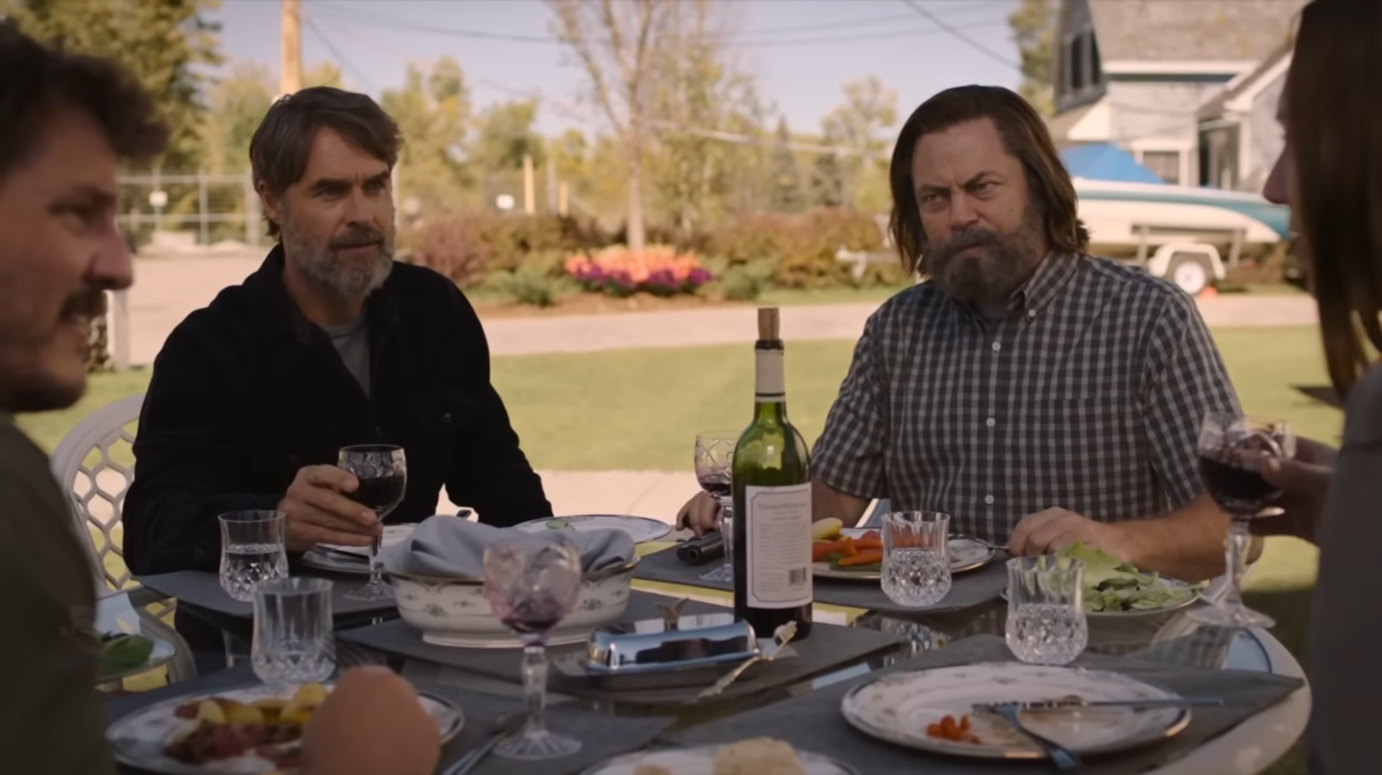
The series might also introduce new characters or expand the roles of minor ones, potentially adding complexity and fresh perspectives to the post-apocalyptic world. A prime example of this approach was seen in Season 1 with the episode "Long, Long Time," which expanded Bill’s story far beyond what the game offered. By delving deeply into his relationship with Frank, the episode explored themes of love and survival in a way that resonated with viewers. However, while such expansions can enhance the narrative, they also carry the risk of detracting from the central plot if not handled carefully. If done well, these deviations can enrich the story, but they must be balanced to avoid losing focus on the main characters and storyline.
Altered Key Events
The adaptation might also see changes to key events, such as the infamous "golf club scene" from the game. While altering these moments could surprise long-time fans and add unpredictability, there’s a significant risk involved. Defying expectations purely for shock value might backfire if the changes don't align with the story's core themes. Maintaining the essence of these pivotal scenes is crucial; otherwise, the adaptation could alienate the audience by undermining the narrative’s emotional weight and integrity. Balancing innovation with respect for the source material is key.
The Role of Showrunners and The Delicate Balance of Adaptation
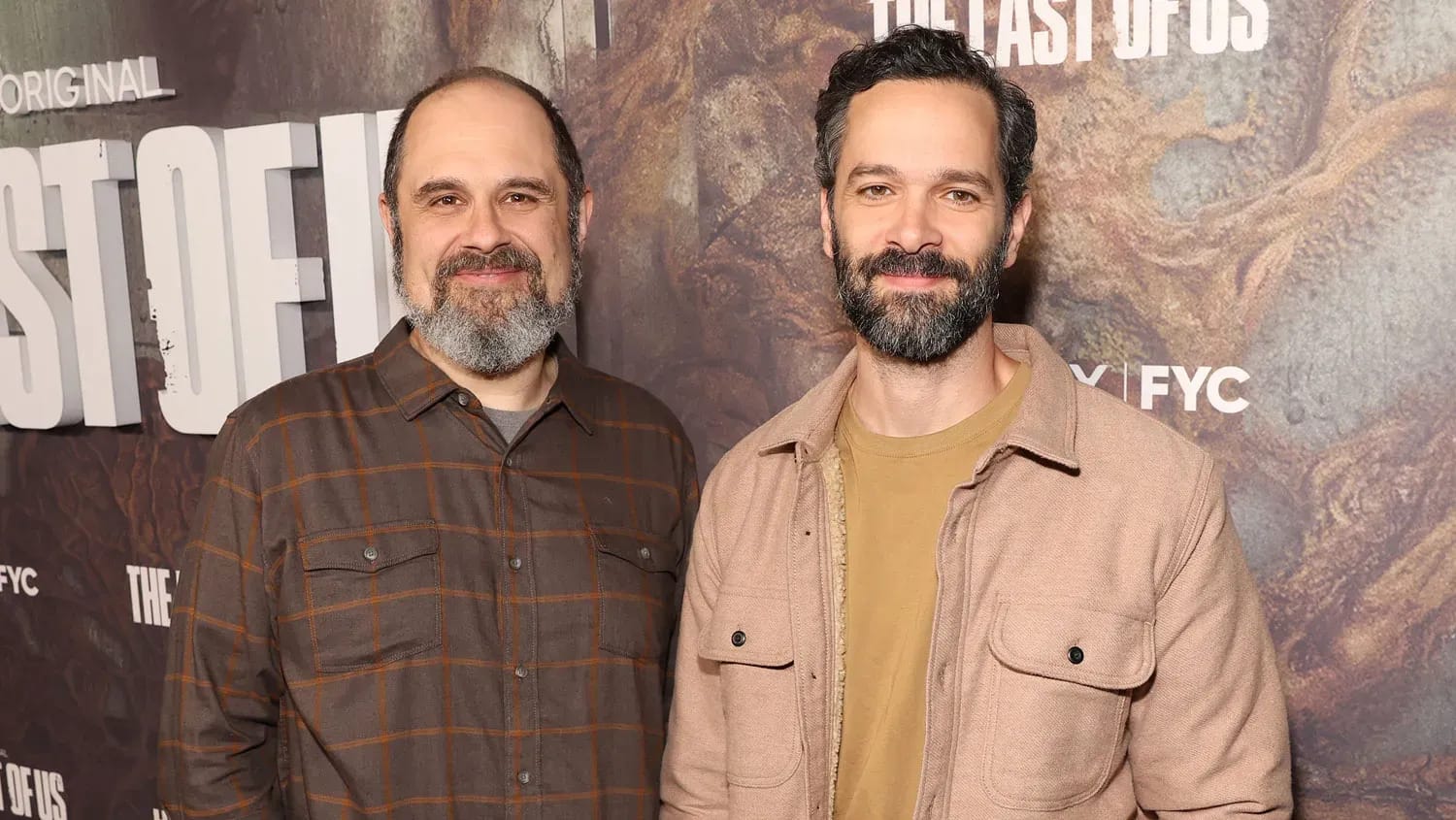
Neil Druckmann, the visionary co-creator behind the original "The Last of Us" game, plays a crucial role in the TV adaptation, ensuring that the series stays true to the heart and soul of the source material. His deep connection to the game’s narrative brings authenticity to the show. Partnering with him is Craig Mazin, a seasoned television writer and producer best known for his work on HBO's "Chernobyl." Mazin's expertise in crafting emotionally gripping and complex stories offers a fresh perspective that complements Druckmann's vision.
Together, Druckmann and Mazin face the delicate challenge of balancing innovation with fidelity to the original material. Their collaboration is essential in navigating the tightrope between staying faithful to the game and making necessary adaptations for television. The choices they make will be critical in determining whether the series resonates with both new viewers and longtime fans, ultimately shaping the legacy of "The Last of Us" as a successful adaptation.
